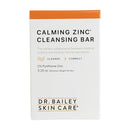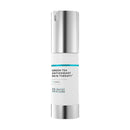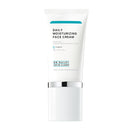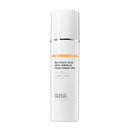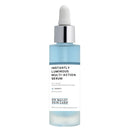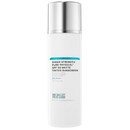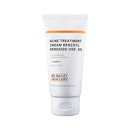The Most Common Form of Skin Cancer & What You Can Do about It

What is basal cell carcinoma?

Basal cell carcinoma is the result of DNA damage caused by UV rays. The basal cells are at the very bottom (base) of your top living skin cell layer, which is called the epidermis.
When the harmful rays of the sun penetrate into the deepest portion of your epidermis, the basal cell DNA is damaged.
Once damaged, the cancers start to grow.
Who is most at risk for basal cell carcinoma?
- Basal cell carcinomas are more common in people who have had a lot of sun exposure over their lifetime and in people who have a history of multiple bad sunburns.
- Also, fair-skinned complexions and some families are more prone to it than others.
The statistics are staggering - there are almost 3 million cases of basal cell carcinoma diagnosed annually!
I see a lot of them on a daily basis in my practice. It is important to know that this type of skin cancer can look very subtle and are often thought to be a rash, mole or age spot by the untrained eye. This is why it is critically important to get regular skin checks!
What are some of the signs of basal cell carcinomas?
-
Flesh-colored or yellow lesions that may look a lot like a scar; they may be raised or flat

- Pink lesions that bleed easily, itch or hurt
- Pink, pearly (looking like a pearl) lesions with tiny blood vessels in them
- Pink spots with rolled edges resembling a donut
- Brown lesions that have a translucent or waxy appearance to them
What can happen when you have a basal cell carcinoma?
All cancers will invade healthy tissue and destroy it. Although basal cell cancers rarely spread to other parts of the body, they do eat through the skin and tissue where they start. This is why it’s important to catch it early because, like all cancers, it will invade into important tissues around it such as muscle, blood vessels, bone and more.
Most BCCs happen on the head and neck, which is also an area of skin with a lot of sun exposure over the years. If they grow near the nose, eyes or ears, you can imagine the damage it can cause. It’s why anyone with a lot of sun exposure should be screened regularly by a dermatologist.
When we catch BCCs early, we can easily treat them before damage to these vital structures happens. What's more, any scar that may result from the treatment has the potential to be smaller the earlier BCCs are addressed.
How can you prevent basal cell carcinoma?
Fortunately, it is possible to significantly lower your risk of getting this common type of skin cancer. Follow these sun protection tips to minimize your risk of getting skin cancer:
- Cover as much of your skin with sun protective clothing and avoid sun during its peak hours between 10am and 3pm when possible.
- Wear broad-spectrum zinc-containing sunscreen on all exposed skin every day. Apply it correctly and reapply it if you are outdoors for extended time.
- Seek the shade or create it with hats etc.
Click here for my detailed sun protection tips and to see the sunscreens that my patients trust and have proven effective skin exam after skin exam.
The bottom line with basal cell carcinoma
You can significantly lower your risk of getting this common cancer by protecting your skin from the sun. You can also lower the risk of needing a difficult surgery that results in an unsightly scar if you have your skin regularly examined by a dermatologist.


